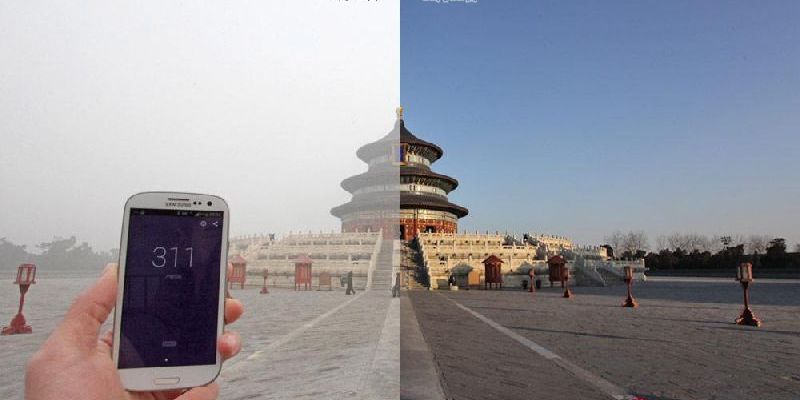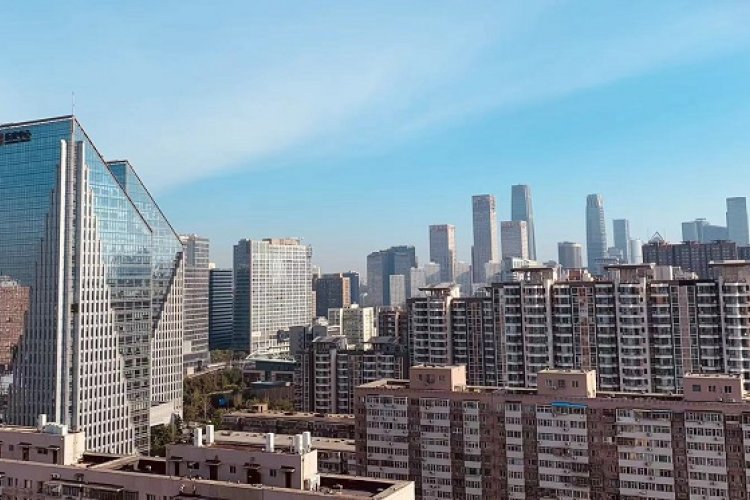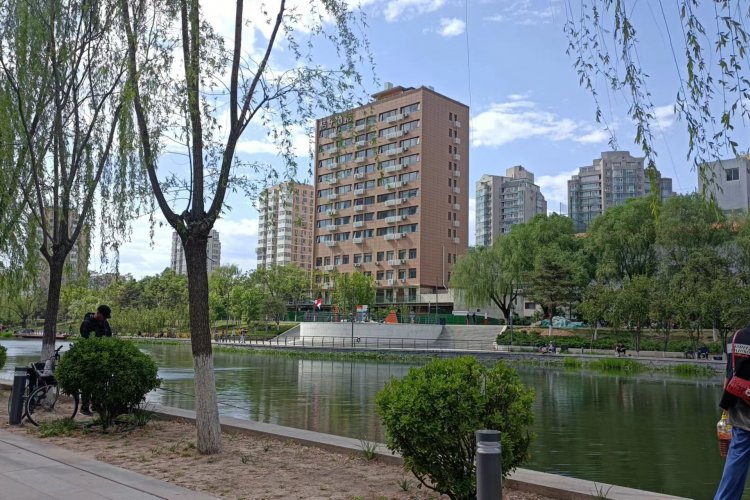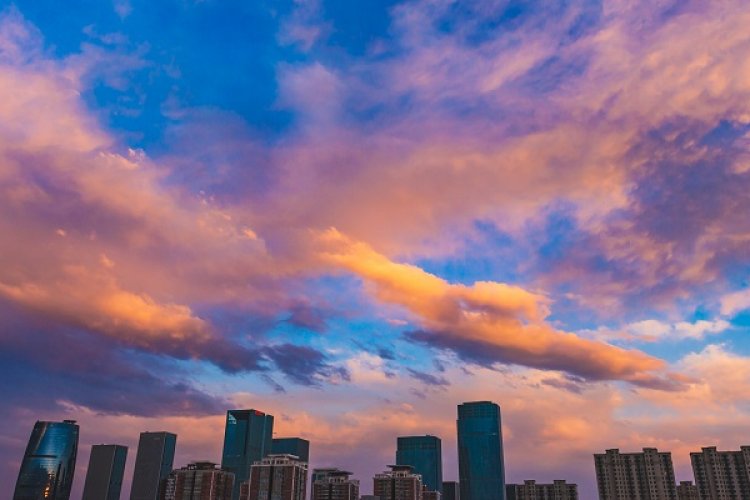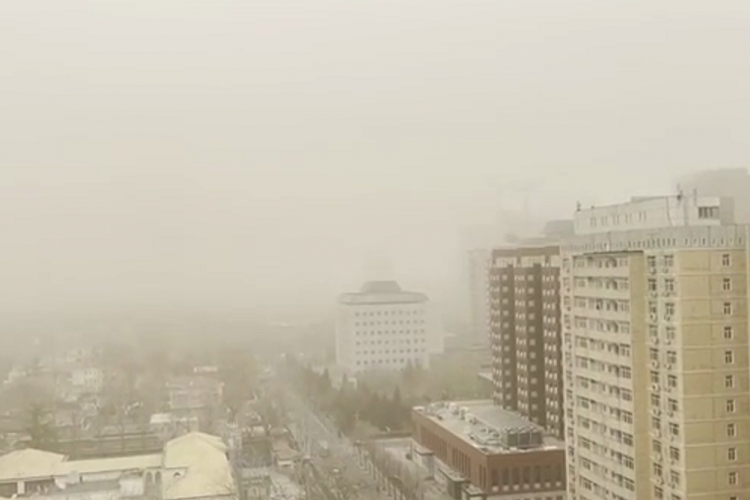Despite the Occasional Airpocalypse, Beijing’s Air Is on a Path To Steady Improvement
Yes, we get it, we’ve had a horrendous couple of weeks here in the capital, capping yesterday’s disastrously bad pollution that had air monitors around the city just up and quitting in disgust. But things are getting better, I swear! Just take a look at the cold hard facts: Beijing now ranks a mere #241 on the list of world’s worst cities for air pollution.
For a long time, we Beijingers have loved to lament our fate as one of the worst. But as time goes on that is becoming less and less of a calling card for the capital – according to the very latest World Air Quality Report by IQAir released this morning, there are 240 cities that have it worse than us.
The 2020 World Air Quality Report is based on PM 2.5 air particulate pollution data from 106 different countries, a mixture of official government monitoring stations and individual monitors operated by local residents, non-profit organizations, and corporations.

They use fine particulate matter (PM 2.5) as their ranking standard because, as the report states, it is “currently understood to be the most harmful to human health due to its prevalence and far-reaching health risks … like cardiovascular disease, respiratory illness, and premature mortality.”
Beijing now finds itself better off than cities such as Hanoi, Sarajevo, Jakarta, and Katmandu, and better off than domestic destinations such as Suzhou, Harbin, and Tianjin.
And, as we've been covering, there’s evidence enough that this is not just a blip in the data, but a genuine trend. Beijing’s ranking of #241 is a marked improvement over last year’s #201, 2018’s #122, and 2017’s #84.

And yes, we’ve even got better air than one city in the United States – Yosemite Lakes, California (though in its defense, that city spent three months of 2020 engulfed in flames).
More good news: According to the report’s data, Beijing’s air has improved for the eighth consecutive year, with 2020 seeing an 11 percent dip in air pollution compared to 2019. Yes, Covid did have something to do with that, but last time I checked the rest of the world was also laid low by the virus, so there's a level playing field.

That being said, with our annual average PM 2.5 concentration of 37.5 micrograms per cubic meter, we do have a long way to go to reach the World Health Organization’s standards, which is set at a hard-to-reach bar of ten micrograms per cubic meter.
In fact, achieving that has been a challenge for most: In IQAir’s list of 92 world capitals for which they have relevant data, only 20 have achieved this. That means 88 percent still have work to do.
Breathe deep, Beijing, and if you want to read more, download the full report here.
READ: Beicology: How Much Do Sharebikes Actually Do for Beijing’s Environment?
Images: Bendibao, IQAir

